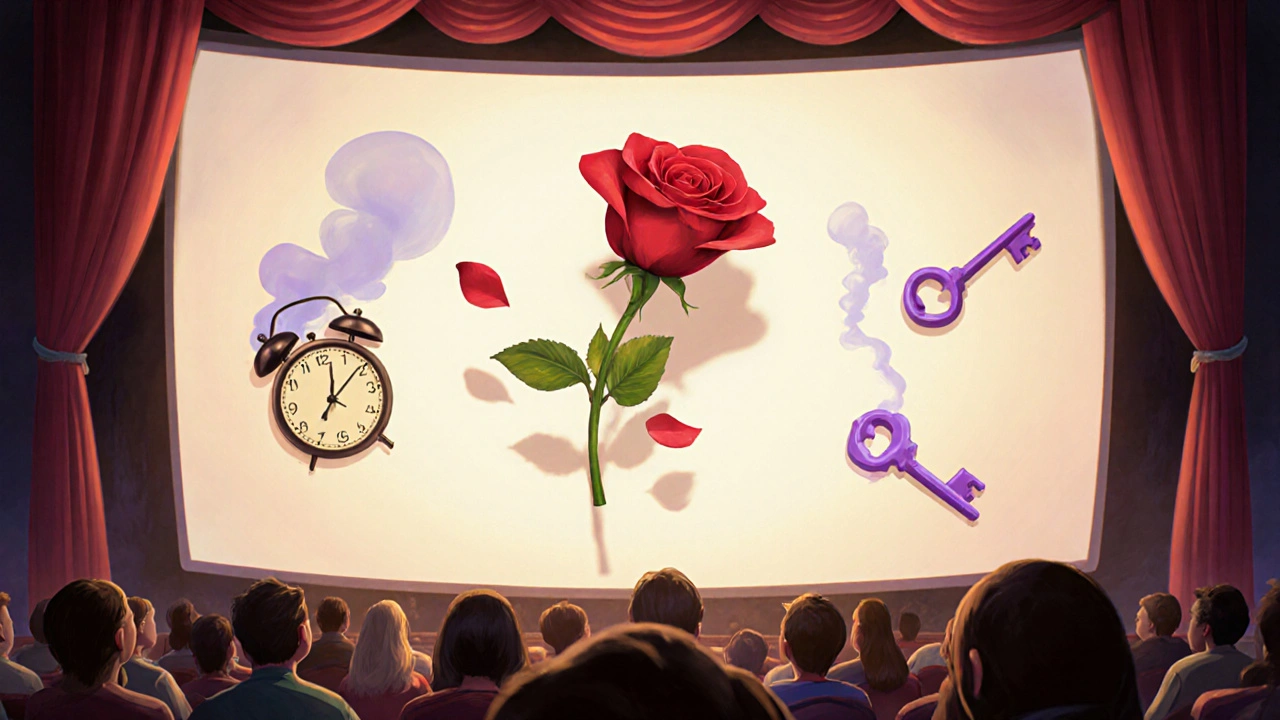Film Theory: Understanding How Movies Work Behind the Scenes
When you watch a movie, you’re not just passively receiving images—you’re actively building meaning in your head. That’s the core of film theory, a way of analyzing how films create meaning, emotion, and connection through structure, sound, and perception. It’s not about what happens on screen—it’s about how your brain turns those moving pictures into feelings, memories, and ideas. Think of it like learning the grammar of cinema: you don’t need to know it to enjoy a story, but once you do, you start seeing layers you never noticed before.
One major branch of film theory, cognitive film theory, studies how viewers use memory, attention, and empathy to make sense of stories on screen. This isn’t abstract philosophy—it’s why you gasp when a character turns around unexpectedly, or why you cry at a quiet moment that doesn’t seem dramatic at all. Your mind fills in gaps, predicts outcomes, and connects emotions based on real human patterns. That’s also why films like Agnès Varda’s work feel so personal—Agnès Varda, a pioneering filmmaker who blended documentary, essay, and feminist storytelling to challenge traditional narrative rules, didn’t just tell stories. She invited you into her thought process, making you part of the meaning-making.
And then there’s the way film theory looks at who gets to tell stories. feminist cinema, a framework that examines how gender, power, and representation shape what we see on screen isn’t just about female leads—it’s about who controls the camera, whose emotions are valued, and what kind of stories are considered worthy. You see this in how romantic comedy heroines changed from damsels to drivers of change, or how Hayao Miyazaki’s films use flight and nature to say something deeper than adventure. These aren’t random choices. They’re responses to decades of theory, critique, and cultural shifts.
Film theory doesn’t tell you what to think. It gives you the tools to ask better questions: Why does this scene feel real? Who was left out of this story? What sound design makes that punch land like a hammer? The posts below dig into these exact questions—how viewers process emotion, how directors like David Fincher build cold, precise worlds, how sound turns a simple hit into a visceral experience, and how filmmakers like Varda rewrote the rules to center voices that were ignored. You’ll find deep dives into storytelling techniques, emotional mechanics, and the quiet revolutions happening in indie cinema. No jargon. No fluff. Just clear, practical insights into why some films stay with you long after the credits roll.
Semiotics in cinema reveals how images, sounds, and colors create meaning beyond the plot. Learn how iconic, indexical, and symbolic signs shape your emotional response to films-and why this ancient theory still matters today.
View More

